How to Successfully Implement a Digital Transformation Project Using Agile Methods and Enterprise Architecture Management in the Shortest Time
The Energy Industry in Transition in Germany and Europe
From Energy Vendor to Solutions Provider
The energy sector is facing the biggest transformation of all time. Energy supply is no longer just about reliably delivering power or gas. Supply security and affordable prices are now basic prerequisites.
Future-proof business models are data-driven — with digitalization, big data, and artificial intelligence (AI) as core competencies.
For you as an energy provider, new tasks include asset management such as on‑site PPA systems (solar & wind), battery storage, smart procurement, and market access. Especially companies in the chemical, steel, or cement industries are undergoing massive transformations — only those who understand their customers’ value chains can offer tailored energy solutions. Data and AI are the crucial factors for ensuring their competitiveness and cost efficiency.
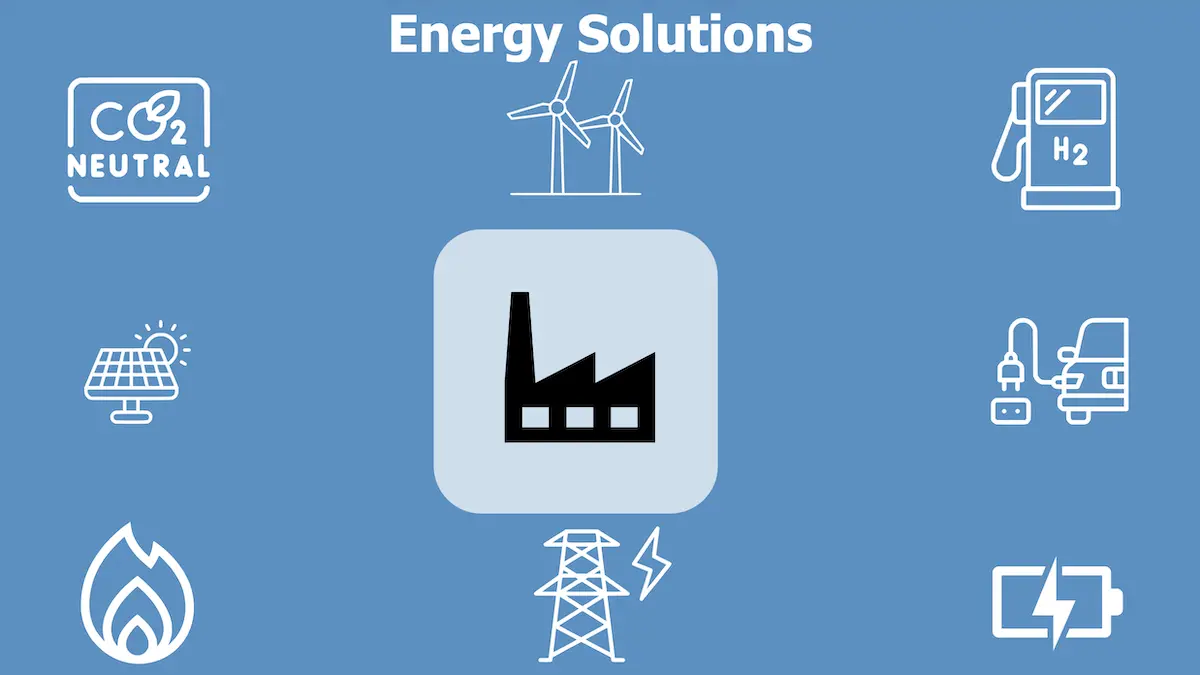
Challenges & Trends for Energy Providers
- Decarbonization: green electricity, hydrogen, CCS/CCU
- Digitalization & AI: smart metering, process automation, optimized forecasting
- Prosumer Concepts: customers are not just energy users but energy producers
- Grid Expansion: large infrastructure projects like Südlink, the hydrogen core network, and CO₂ networks that will fundamentally reshape the energy market
- Integrated Industrial Solutions:: on site PPA combined with storage, dynamic procurement of shortfalls, or selling surplus to markets
- E Mobility: charging infrastructure & battery storage for corporate use
My References
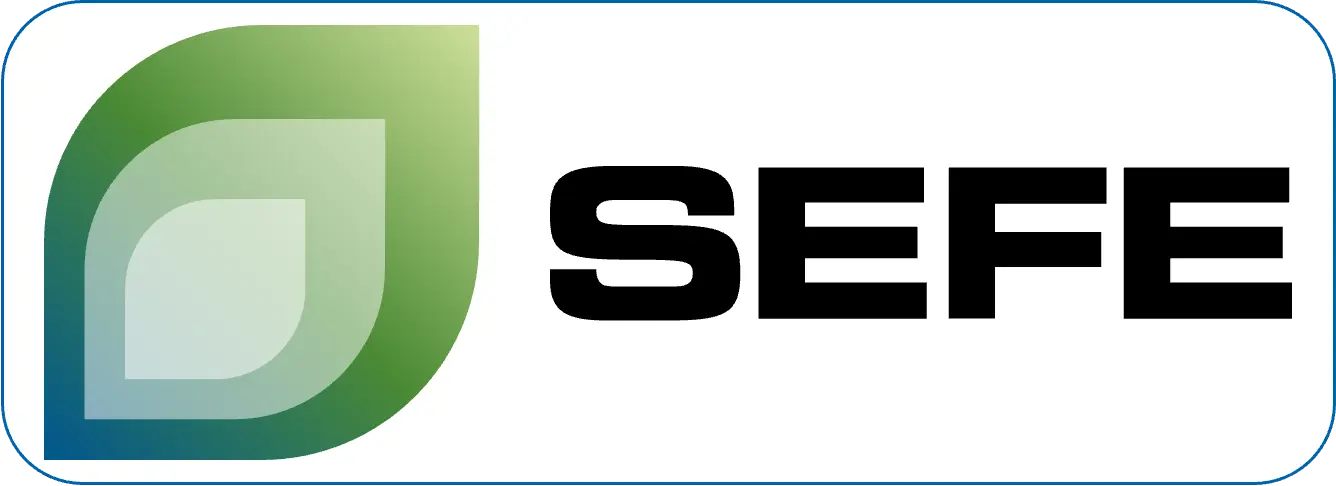
SEFE emerged from former Gazprom subsidiaries in Europe; the predecessor in Germany was WINGAS — a major gas wholesaler operating pipelines and storage. The EU and Germany aim to become strategically independent from energy imports from countries like Russia and Qatar, and to gradually decarbonize the economy. Electricity is key to achieving political goals.
SEFE has strong, motivated business and IT teams, and all stakeholders fully grasp the strategic importance of power. My role was overall project manager for this strategic initiative. In total, over 200 people were involved in the SEFE project.
RWE
At Germany’s largest energy provider, I implemented CRM systems and call center solutions with SAP IS‑U integration for the B2C segment.
ELMÜ (Hungary)
One of Hungary’s largest electricity providers: here too I implemented CRM, call center, and SAP IS‑U for B2C operations — achieving noticeable improvements in efficiency and service.


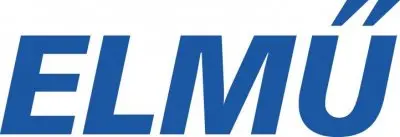
Simon Halberstadt Projektsponsor Go-To-Market Strom
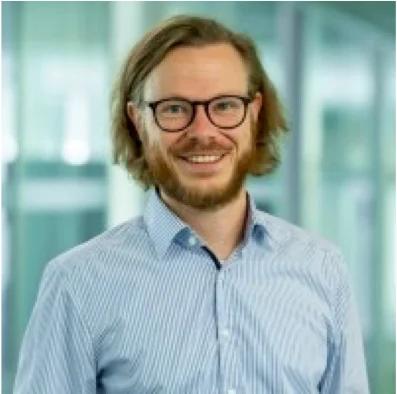
We must urgently seize the strategic opportunity in Power for SEFE.
With the Go‑Market Power Germany project, we quickly and decisively captured a major strategic opportunity in power for SEFE. Even before the project began, it was clear that the German power market held great potential — especially among our existing customer base. Bringing Marc Kresin on board as project manager was a decisive success factor. He brought the perfect mix of energy-sector expertise, business development, and go‑to‑market methodology — combined with a strong IT background in digitalization and enterprise architecture.
Under his leadership, we started the project in an agile way — based on an MVP approach — and were able to begin selling our first power products shortly after the preparation phase. What impressed me most was how Marc managed to unify the complex requirements from sales, IT, and business into a streamlined, fully digital product. This project is an excellent example of how SEFE can quickly tap into new business areas with the right mindset and tools.
Successful Transformation of a Gas Market Leader into an Electricity Provider
Before the actual project began, the business model was clarified and visualized as a business canvas, and a value proposition was developed for German municipal utilities. A basic market study with addressable market potential and competitor analysis was one of the first tasks. And a business case for the go‑to‑market project was prepared for C‑level and senior management. The project sponsor was Simon Halberstadt, Executive Vice President Sales Development.
Key to success was, among other aspects, strong support from the sponsor and senior management. Within just 10 months, SEFE had acquired the core capabilities needed to sell and supply power to German municipal utilities. In addition to motivated, high-performing business and IT teams, the key was the right methodology. The industry-standard TOGAF for enterprise architecture management (EAM) and agile methods were successfully combined.
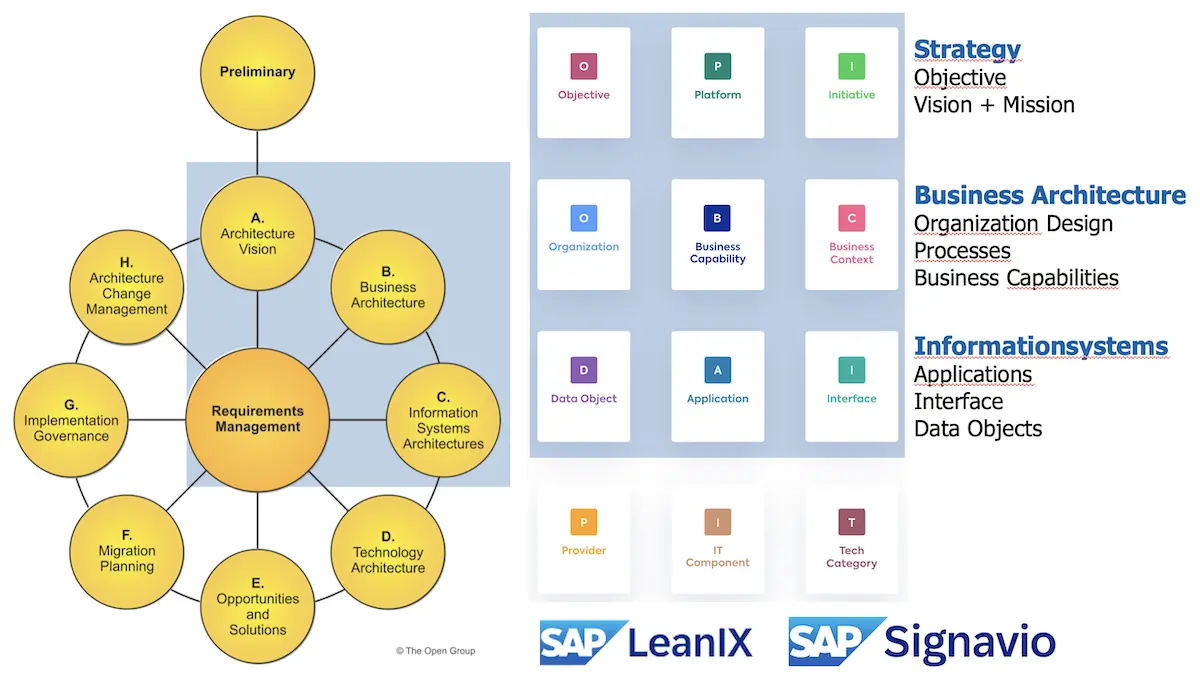
Steps Included
- Interviewing all necessary business units — capturing requirements and capability gaps
- Recommending an agile project approach — full support from project sponsor, CSO, and IT management
- Formulating the vision & mission for the project — aligning all stakeholders on shared goals
- Documenting current processes (using BPMN in Signavio) — defining required adaptations and designing new processes
- Developing the target architecture according to TOGAF (in LeanIX) — after clarifying the business architecture, developing the information architecture — applications, interfaces, data objects
- Identifying architecture candidates, jointly evaluating with business & IT to select suitable solutions
- Visualizing all information in Signavio and LeanIX — making solutions transparent and understandable for business and IT
- Establishing an agile project approach with Scrum/Kanban — implementing the solution in 13 sprints using JIRA, later Azure DevOps
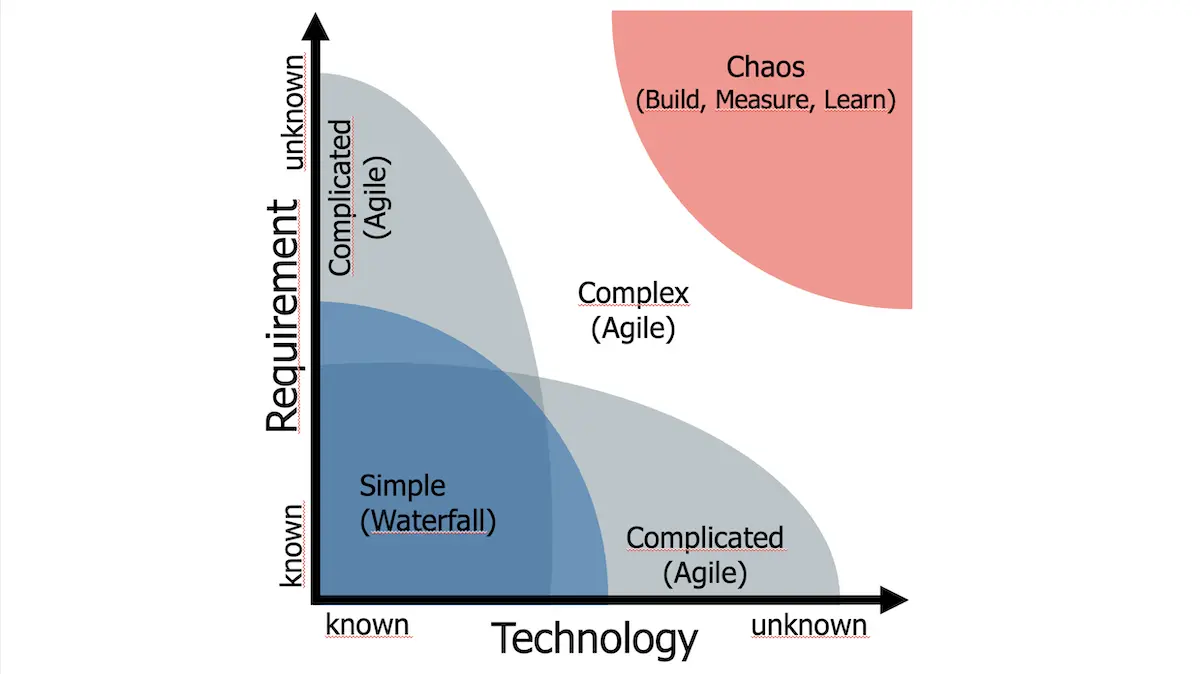
Find here valuable content to increase business agility and success in business
I would like to share information about my topics. Feedback and Ideas for more content appreciated, feel free to contact me
- Digitalization
- Artificial Intelligence
- E-commerce
- Cloud
- Software Development
- Agile & Lean Practices
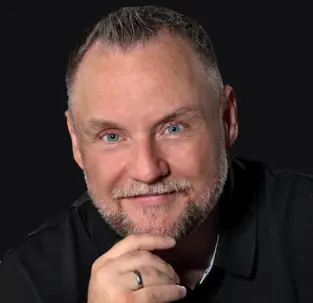
Marc Kresin
Designing your digital future, Erreiche Business Agilität im digitalen Wettbewerb mit Cloud, Künstlicher Intelligenz, Digitalisierung, E-Commerce, Lean- und Agile Methoden

